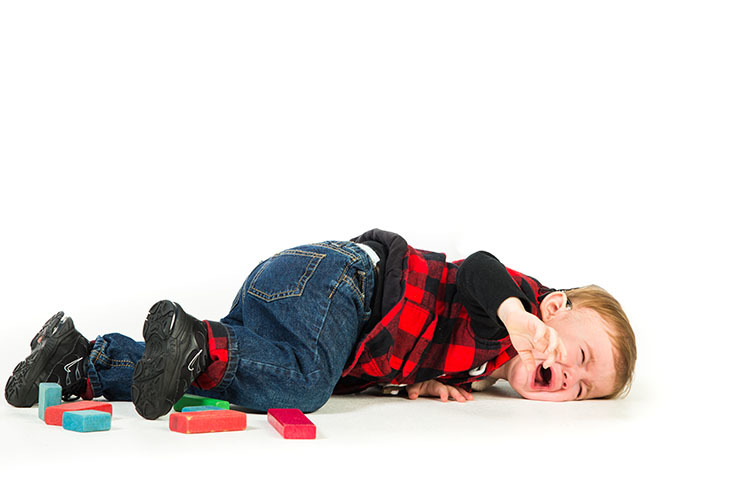Using real-world examples to teach physics concepts can be a highly effective way to engage students and help them better understand complex ideas. Physics is a fundamental scientific discipline that explains the natural world around us, and it is often taught in the classroom through abstract concepts and equations. While these can be useful tools for learning, they may not always be easy for students to grasp. By using real-world examples, teachers can help students see the relevance and practical applications of physics in their everyday lives.
One way to use real-world examples in the physics classroom is to have students conduct experiments or demonstrations that demonstrate key concepts. For example, students could use simple machines like levers and pulleys to understand the principles of force and motion, or they could use magnets to explore the concept of magnetism. These hands-on activities can help students see the concepts they are learning in action and better understand how they work.
Another way to use real-world examples is to bring in examples from the news or other sources that relate to physics concepts. For example, if a student is learning about energy conservation, the teacher could bring in an article about a new energy-efficient technology and have the class discuss how it works and the physics principles behind it. This can help students see the practical applications of physics and how it is used in the world around them.
Real-world examples can also be used to help students understand more abstract concepts, such as the nature of light or the structure of the universe. For example, a teacher could bring in images or videos of celestial objects like galaxies or black holes and have students discuss the physics principles at play. This can help students see the beauty and complexity of the natural world and gain a deeper appreciation for the subject.
Here also a few more ideas for using real-world examples to teach physics concepts:
- Have students design and build a simple electrical circuit to understand the principles of electricity and magnetism.
- Use video clips or demonstrations of sports or other physical activities to teach concepts such as energy, momentum, and force.
- Bring in examples of technological devices that use physics principles, such as a cellphone or a car, and have students discuss how they work.
- Use news articles or other real-world examples to teach students about the physics of climate change and the environment.
- Have students conduct experiments with simple materials, such as a balloon and a straw, to demonstrate concepts such as air pressure and the properties of gases.
- Use images or videos of natural disasters, such as earthquakes or hurricanes, to teach students about the physics of these events.
- Bring in examples of medical technologies, such as MRI machines or X-ray machines, and have students discuss the physics principles at work.
- Use real-world examples from the arts, such as music or theater, to teach students about the physics of sound and light.
- Have students design and build simple machines, such as a pulley or a lever, to demonstrate the principles of mechanics.
- Use news articles or other examples to teach students about the physics of space travel and exploration.
Overall, using real-world examples to teach physics concepts can be a powerful way to engage students and help them better understand the subject. By showing students the relevance and practical applications of physics in their everyday lives, teachers can help students see the value of the subject and become more invested in their learning.




